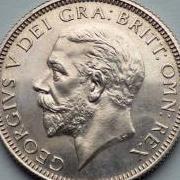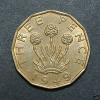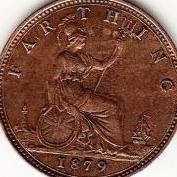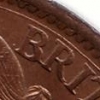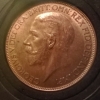During this period, over 90% of the silver output came from Calais, which thus accounts for the vast majority of known dies. Whitton believed that annulet ceased in 1427, but Peter Woodhead was inclined to believe it ceased closer to 1430, which would give less time for the early dies to be left lying around. Whatever, it was in decline from 1432 which gives a relatively narrow window in which to use up the old dies. The existence of annulet/rosette and annulet/trefoil mules both ways together with this mule suggests that there was no clear cut changeover date for the various coinages, which muddies the water somewhat.
To give an indication of the vast output, payments were made to the engraver Gilbert Brandeburgh for making 2713 dies for Calais during the period 1425-7 (gold & silver), 1405 dies for 1428-30 and 2187 dies for 1430-1, the last two only for silver. Hidden within these figures must surely be a clue. With Rosette-Mascle coinage more plentiful than Pinecone-Mascle, it would imply a good number of R-M coins were covered by the second figure, though obviously both figures could possibly either the preceding or following issues. It is reasonable to assume the annulet-trefoil dies were in the first period, but would also include some annulet dies if Woodhead is correct. The use of old dies may have something to do with the retirement of Brandeburgh in 1431 and the subsequent appointment of John Orewell as engraver.
With £100K of silver struck at Calais between 1432 & 1436, but weighted towards the early years, this would satisfy much of the P-M output, with a few dies possibly included in the 1430-1 accounts. Production of silver at Calais from 1428 to 1433 was running at an average of roughly £3K per month, up from just over £2K per month on average in the previous four years
 Coinpublications.com
Coinpublications.com

